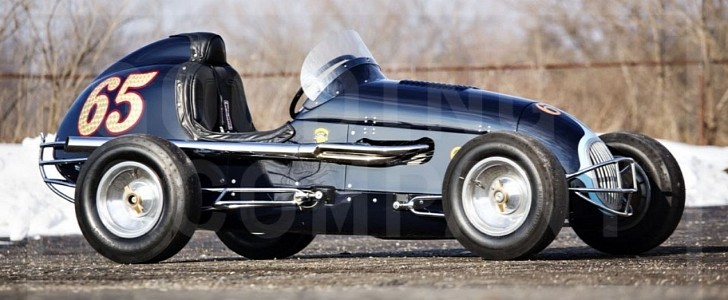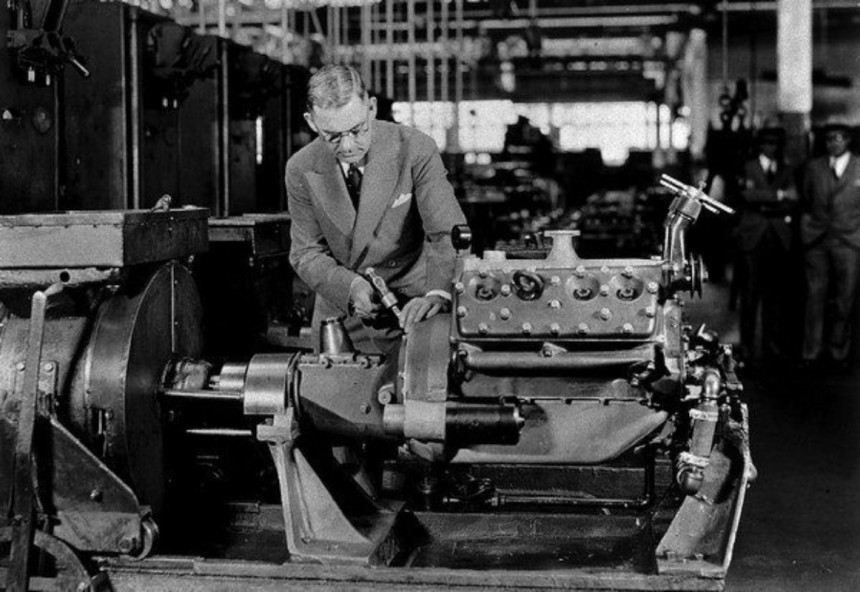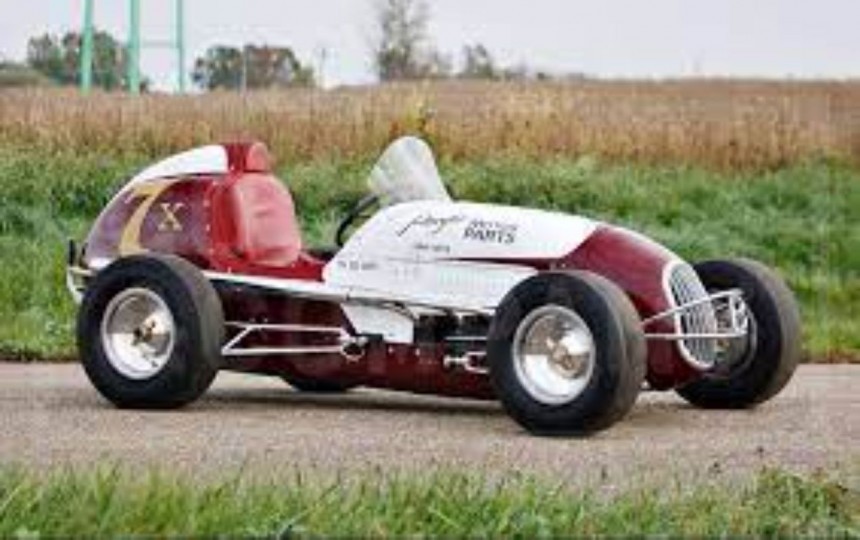In 1932, the Ford flathead V8 began production when the expression game-changer wasn't around. Ford's V8 revolutionized the American automotive industry, forcing all its competitors to switch to eight cylinders mounted in a V shape. However, we are here to talk about the V8-60.
The story of Henry Ford's genius creation, the 60-horsepower V8, starts earlier than 1937 when it was introduced. In 1934-35, Ford designed and produced a smaller, 2.2-liter power unit of the company's standard V8 for its European divisions in England and Strasbourg, France. With interesting engineering, this first version featured only two exhaust ports per bank and four main bearings. At the same time, it was full of issues, especially overheating. Consequently, only around 3300 examples were produced, and today only a handful of them still exist.
Still, the effort was not in vain and actually inspired a second redesigned V8 for Europe. Later, in 1937, it was introduced on the United States market as the V8-60. While in Britain, it was commonly known as the 22 hp V8 (in reference to its taxable power rating), the Ford ad writers for the US called it the "Thrifty Sixty."
The updated V8-60 was an identical and much tinier version of the original flathead Ford V8 introduced in 1932. The displacement was scaled down by Ford engineers from 221 cubic inches (3.6-liter) to a shabby 136 cubic inches (2.2-liter). The power output was 60 hp (61 PS) instead of 85 hp (86 PS) for the old 1937 V8.
One of the particular features of the V8-60 was the front engine support casting, which doubled as the timing cover and mounts for the ignition distributor and twin water pumps. The small and big Ford V8 powerplants are so similar in appearance that ordinary people are often confused. Looking at the head bolts makes it easy to see the difference. The V8-60 has only 17 per cylinder bank, while the big V8 has 21 or 24 fasteners per side. Another interesting and particular feature was the cooling jacket on each bank that was closed out with a sheet metal plate. This metal plate was electrically welded in the proper position.
Ford customers were attracted to the V8-60's fuel economy, so sales were outstanding initially. However, sales quickly fell as word got out about the engine's poor acceleration. You see, despite its tiny displacement, the power unit produced 60 hp at 3500 rpm, which for 1937 was quite decent. Unfortunately, the engine had a significant downgrade. The peak torque was less than 100 lb-ft (136 Nm) at 2500 rpm. The available torque was 50 percent behind its V8 larger brother. As a consequence, The V8-60 was discontinued in the USA after 1940, when Ford introduced an L-head straight six engine as its economic engine.
However, this tiny powerplant found its true potential in racing. If you didn't know, there was a time before and shortly after WWII when American citizens were absolutely captivated by a new racing competition known as the Midgets. In the 1930s and 1940s, these small cars, modeled after their larger siblings from Indianapolis, raced on tracks in baseball and football stadiums on quarter-mile ovals specially built for them.
When they couldn't run on these ovals, they often went on rough tracks carved out of cornfields by road graders. For nearly two decades, these midget races were part of Americans' life seven nights a week and twice on Saturdays and Sundays. It was something fresh for a suffering nation in the depths of the Great Depression.
Unfortunately, World War II came after this dark period, and racing was canceled almost everywhere on the planet. Ford, like other automakers, concentred on making vital parts for the army. Even the V8-60 was used for certain purposes.
After World War II, the V8-60 engine found its perfect partner in Kurtis Kraft. The company introduced a revolutionary Midget chassis inspired by war aircraft technology. The tubular frame offered so many advantages over the heavier standard rail frame chassis. The Kurtis chassis was more than a perfect match to accommodate the width of the V8-60. The Midget cars could have been delivered to customers as a kit or entirely built.
Today, the combination of Kurtis Kraft and the V8-60 is immensely appreciated in the collectors' world. For example, a Midget model from 1947 equipped with dual Stromberg carburetors mounted on an Edelbrock intake manifold with Eddie Meyers cylinder heads was sold at an auction for $38,500. While it wasn't the most outstanding engineering achievement by Henry Ford, the V8-60 is still an important piece of the American automotive industry.
Still, the effort was not in vain and actually inspired a second redesigned V8 for Europe. Later, in 1937, it was introduced on the United States market as the V8-60. While in Britain, it was commonly known as the 22 hp V8 (in reference to its taxable power rating), the Ford ad writers for the US called it the "Thrifty Sixty."
The updated V8-60 was an identical and much tinier version of the original flathead Ford V8 introduced in 1932. The displacement was scaled down by Ford engineers from 221 cubic inches (3.6-liter) to a shabby 136 cubic inches (2.2-liter). The power output was 60 hp (61 PS) instead of 85 hp (86 PS) for the old 1937 V8.
One of the particular features of the V8-60 was the front engine support casting, which doubled as the timing cover and mounts for the ignition distributor and twin water pumps. The small and big Ford V8 powerplants are so similar in appearance that ordinary people are often confused. Looking at the head bolts makes it easy to see the difference. The V8-60 has only 17 per cylinder bank, while the big V8 has 21 or 24 fasteners per side. Another interesting and particular feature was the cooling jacket on each bank that was closed out with a sheet metal plate. This metal plate was electrically welded in the proper position.
However, this tiny powerplant found its true potential in racing. If you didn't know, there was a time before and shortly after WWII when American citizens were absolutely captivated by a new racing competition known as the Midgets. In the 1930s and 1940s, these small cars, modeled after their larger siblings from Indianapolis, raced on tracks in baseball and football stadiums on quarter-mile ovals specially built for them.
When they couldn't run on these ovals, they often went on rough tracks carved out of cornfields by road graders. For nearly two decades, these midget races were part of Americans' life seven nights a week and twice on Saturdays and Sundays. It was something fresh for a suffering nation in the depths of the Great Depression.
Unfortunately, World War II came after this dark period, and racing was canceled almost everywhere on the planet. Ford, like other automakers, concentred on making vital parts for the army. Even the V8-60 was used for certain purposes.
Today, the combination of Kurtis Kraft and the V8-60 is immensely appreciated in the collectors' world. For example, a Midget model from 1947 equipped with dual Stromberg carburetors mounted on an Edelbrock intake manifold with Eddie Meyers cylinder heads was sold at an auction for $38,500. While it wasn't the most outstanding engineering achievement by Henry Ford, the V8-60 is still an important piece of the American automotive industry.











